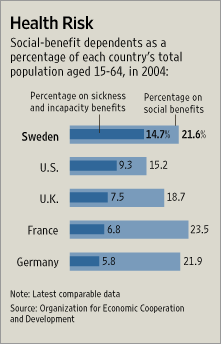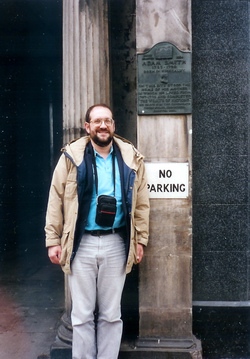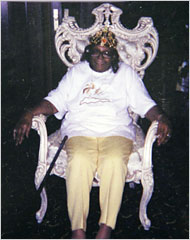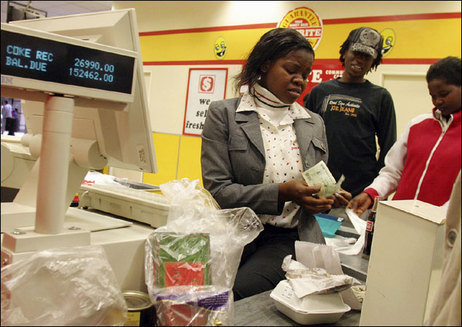Consider the FDA’s handling of Genasense, a new drug for melanoma and chronic lymphocytic leukemia (CLL), two often terminal forms of cancer. The drug is being developed by Genta, a small, innovative company with only one approved drug and limited financial resources. Despite compelling evidence that Genasense is making progress in fighting both diseases, the FDA appears determined to kill the drug.
In the case of the melanoma application, instead of reviewing the clinical-trial data in accordance with usual methods (which showed positive results), the FDA chose a nonstandard statistical approach aimed at discrediting the results. The agency used this analysis in its briefing to its advisory committee, claiming that the drug might not be effective. The committee then relied on that information to vote against approval.
. . .
The FDA’s inane answer to the CLL experts was that the long-lasting disappearance of disease in patients taking Genasense was a "theoretical construct" and not grounds for approval.
The experts explained to the FDA that complete responses in advanced CLL patients are the medical equivalent of the Holy Grail. The FDA finally agreed, but was unimpressed with emerging data showing responders to Genasense living longer than responders in the control group.
The experts were unanimous in advising that Genasense should be approved, but the FDA was unmoved. The agency’s Dr. Pazdur suggested that Genta could make the drug available as an unapproved treatment through an expanded access program — this from a regulator fond of stating that the best way to get a drug to patients in need is through approval! In this case the agency was saying to Genta: We are not going to approve your drug, but any patient who needs it can have it so long as you give it away.
. . .
The FDA’s handling of Genasense lays bare the all too common, aggressive incompetence of the FDA’s cancer-drug division and should lead to an immediate examination of its policies and leadership, followed by swift corrective action.
As for the FDA’s belief that their power to control us and even deny us the pursuit of life itself is unlimited under the Constitution, we can only hope the appeals court disagrees. An agency that blocks progress against deadly diseases — while arguing that its power to do so is above challenge — is in dire need of a court supervised review.
For the full commentary, see:
STEVEN WALKER. "Drug Czars." The Wall Street Journal (Fri., May 4, 2007): A15.
(Note: ellipses added.)

 Source of graphic: online version of the WSJ article cited below.
Source of graphic: online version of the WSJ article cited below. A former Swedish teacher who had been receiving government disability payments for being allergic to electricity. Source of photo: online version of the WSJ article cited above.
A former Swedish teacher who had been receiving government disability payments for being allergic to electricity. Source of photo: online version of the WSJ article cited above.
 Source of the map: online version of the NYT article cited above.
Source of the map: online version of the NYT article cited above.
 "The victim, Kathryn Johnson, was described as either 88 or 92." Source of caption and photo: online version of the NYT article cited below.
"The victim, Kathryn Johnson, was described as either 88 or 92." Source of caption and photo: online version of the NYT article cited below. 
 Dubai skyline. Source of photo: online version of the WSJ commentary quoted and cited below.
Dubai skyline. Source of photo: online version of the WSJ commentary quoted and cited below.
